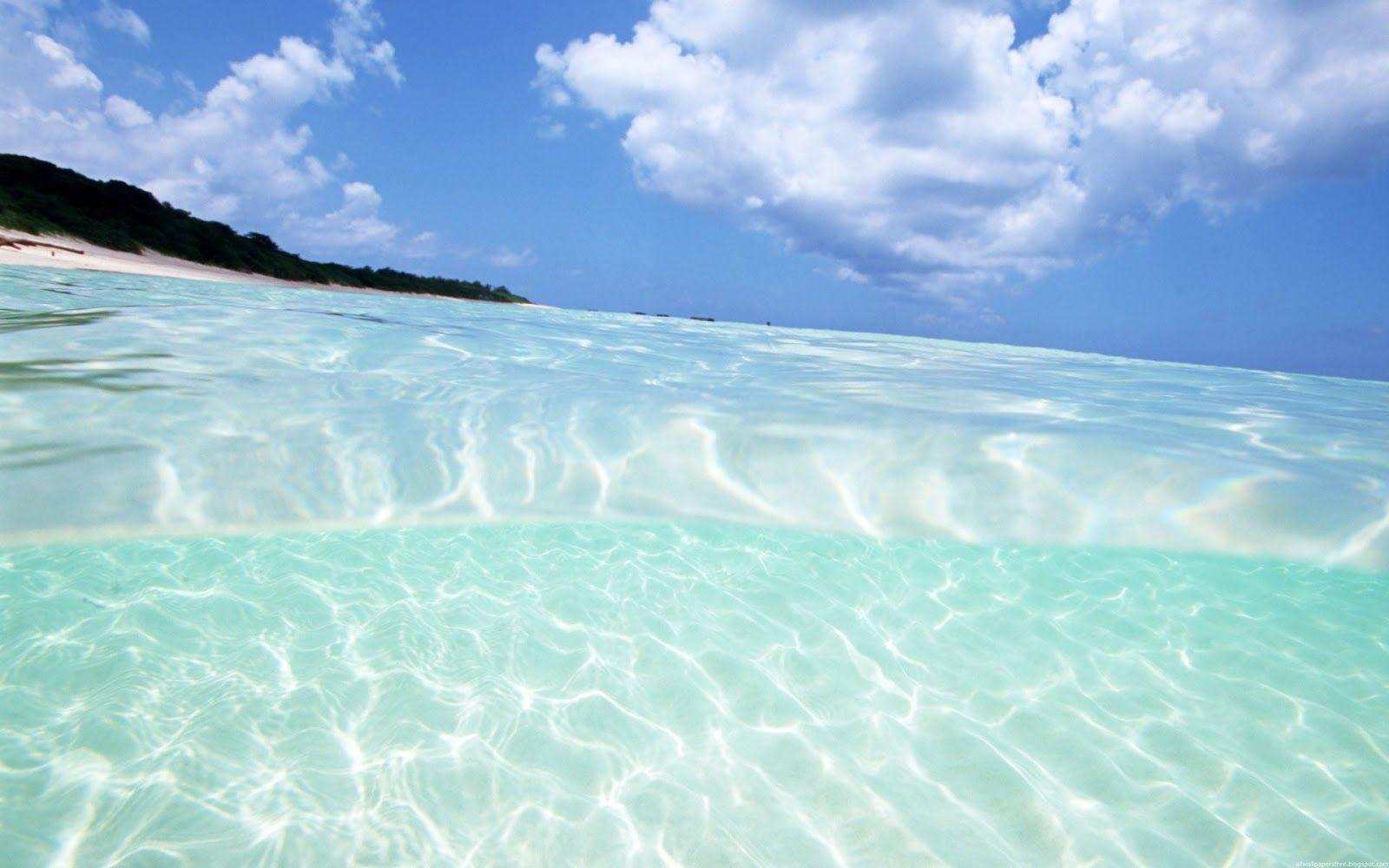Cool Beach Cool Mac OS
See the best Beach At Night Wallpapers Download Free collection. If you see some Beach At Night Wallpapers Download Free you’d like to use, just click on the image to download to your desktop or mobile devices. If you’re wondering if their are cool ways to personalise your macOS, then this is the right article to dig into. You can quickly change your Mac's look and feel. Learn how to customise your Mac—adjusting your macOS preferences to your personal tastes.
Cool Beach Cool Mac Os X
If you are a Mac lover and a diehard fan then it is time to dig in and learn some cool features and tricks about the operating systems. There are so many hidden tricks to learn about they you probably have no clue about. Some tricks help you customize your Mac experience visually and other tricks are just great nuggets to know about just in case you may need to use them. Ever since the conception of a Mac computer, it has had a reputation of having great customization options for the user to utilize.

Recent Items Stack
With the recent update to Mac OS, it has given us the ability to stack icons on the dashboard. What you may not know is that there is a way to create a “recent items” stack. In order to unlock this neat feature just copy and paste this line of code into the terminal: defaults write com.apple.dock persistent-others -array-add ‘{ “tile-data” = { “list-type” = 1; }; “tile-type” = “recents-tile”; }’
Resizing Your Dock
Cool Beach Cool Mac Os 11
Most Mac users know that you can resize your dock through the system settings. Well there is another, much easier, way to resize your dock that literally takes you seconds. Hold down where the separator is on your dock and then from there you can span up and down, which will increase or decrease the size of the dock.
Repair Permissions
Sometimes your Mac will become stubborn and will simply refuse to perform a task that may seem pretty basic and routine. Sometimes it may be something such as installing a new application, copying a file into a folder or even opening up a browser. When it seems like you have tried absolutely everything possible and you have had enough, try to open the Disk Utility and then repair disk permissions. The Disk Utility is located in the utilities folder and you may be surprised on how many things can be fixed with this small little fix.
Cool Beach Cool Mac Os Download
Black Screen
Sometimes you may want to quickly black out your screen to either hide something you are doing on your Mac from a co-worker or maybe you just want to let the screen take a rest for a minute. If you hit ⌃⇧+eject it will immediately dim your screen so dark it will literally look as if it was blacked out. Go ahead and give it a try!
These few tips are not event the tip of the iceberg when it comes to the vast amount of tricks, hidden features and customization you can do to your Mac. To learn some great hotkeys check out our previous blog article on the topic.
Related Posts
In rasterized video display generator systems stationary 'stripes' (like boxes) are generally indicative of either memory array (draw buffer[s]) or output array write, read or output addressing-counter failures. In such 2 dimensional flat 'table' arrays, each row and column location (and blocks of the same) is/are formed of data applied at numerical x-y addresses.
Each numerical 'x' or 'y' (row or column) range of addresses represent some vertical or horizontal 'stripe' range, as any specific 'block' represents an intersection of the coincidence of those two ranges of addressing-counter regions. The lowest numbered physical address (start) is in one corner and the highest numbered address (end) is at the diagonally opposite corner of the stored or drawn 'x-y table array'.
In a (more simply described for example) simplified base-10 example, addressing-counter numbers are generally formed/generated by some sort of a serial to parallel decoding array that reuses the 'fine' 0-10 or 0-100 (hottest, fastest, hardest-working 'fine' address-counting) counter by merely occasionally incrementally adding a 'coarse' 10-100, 100-1,000, 1,000-10,000, 10,000-100,000 (etc) 'bit' to the address-count output to get it up to the higher address-count location-range numbers. Repeating 'stripes' are thus indicative of a (repetitive) failure of the underlying 'fine' address-counting numbering decoder.
If the 'fine' (0-100 ex) decoder starts missing it's ability to generate addressing numbers, say for example, from '50-100' during each count-up sequence, then the array will be striped (empty of data) in equal stripes all the way up the range, since those array locations cannot be addressed to be read, rewritten or output.
Stripes don't indicate a failure of the display, they indicate a failure of the display's own controller/driver circuits, the GPU or the graphics card's output or the display's input/output interface.
Otherwise the failure to refresh, redraw, erase or move a moving or movable block of data like a program window or animation graphic element within it (a so-called 'sprite-block' of local image data) or deal with it's overlay-depth-priority or transparency (box-trails) is a problem in the RAM addressing, rewriting or data manipulation/flow handling of the GPU (or data or software instruction) itself.
Since modern low single voltage DRAMs don't heat up like their older progenitors 90% of these sorts of (non-defect) failures are voltage or thermal parallel addressing counter/connection related.